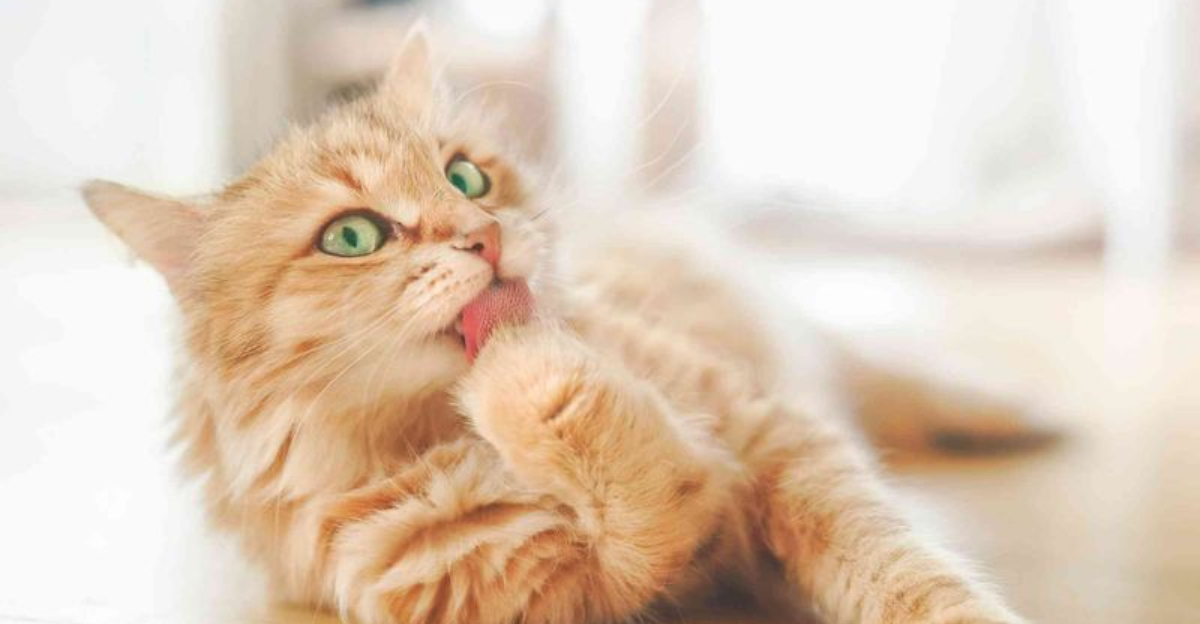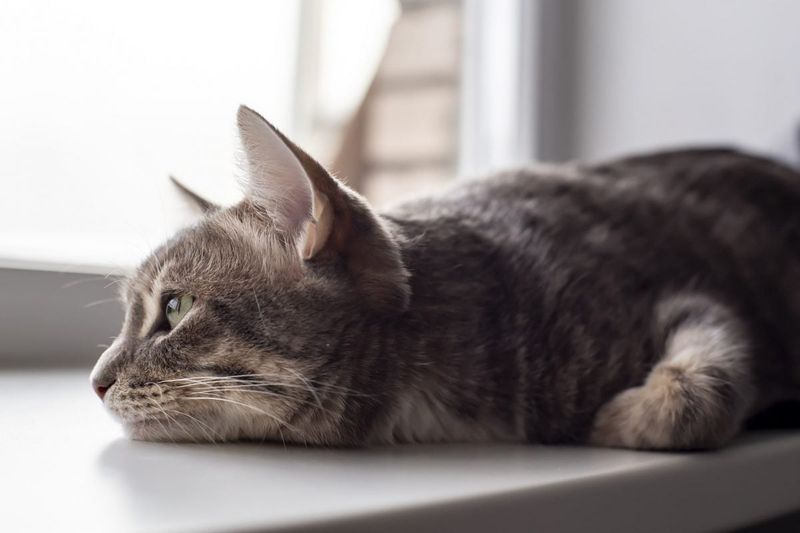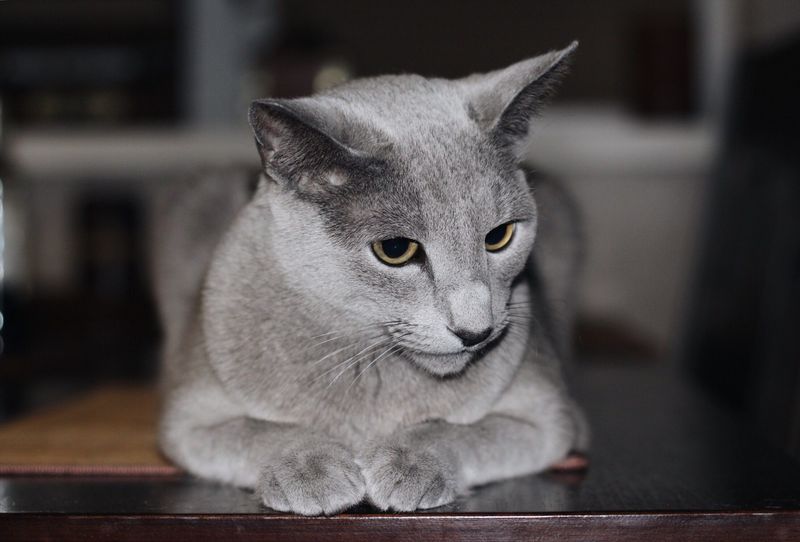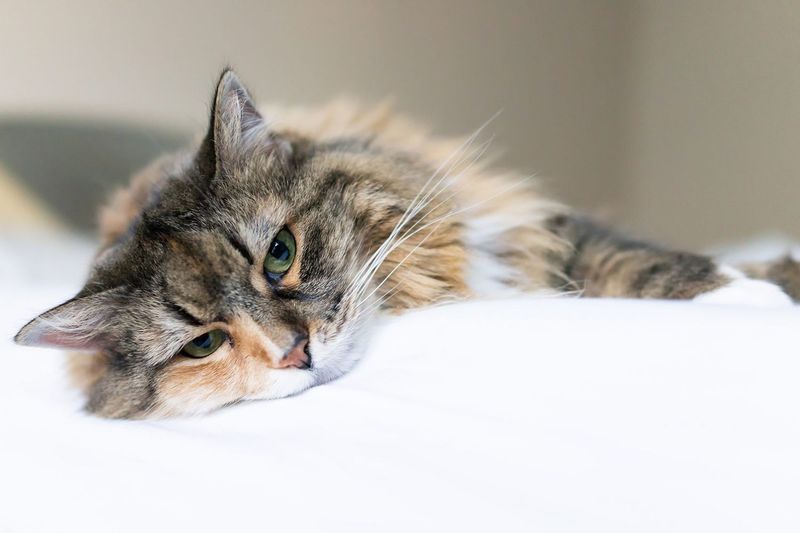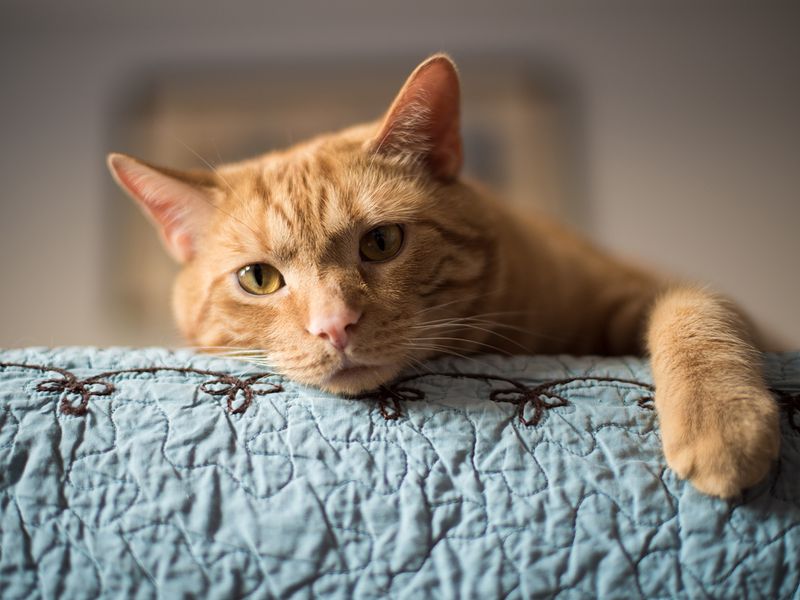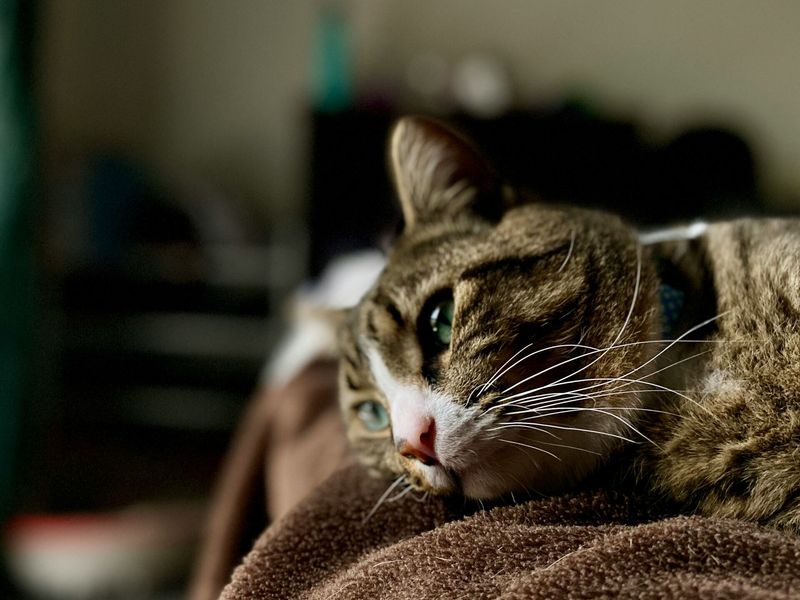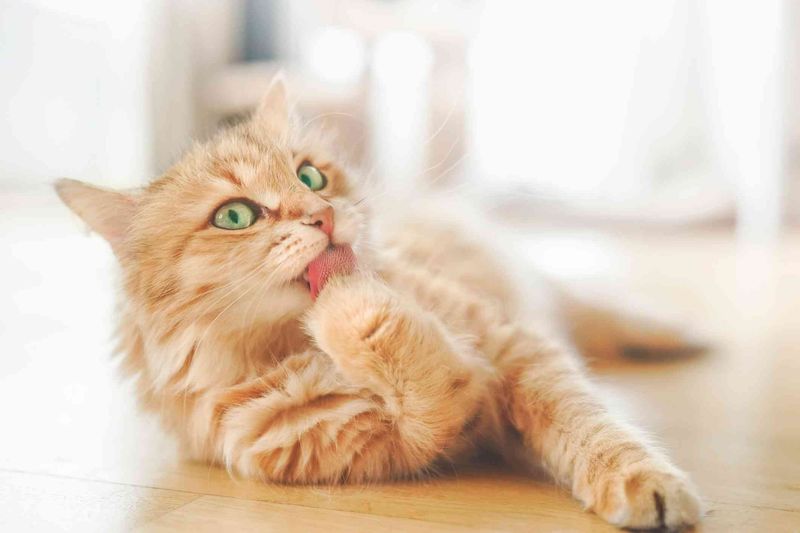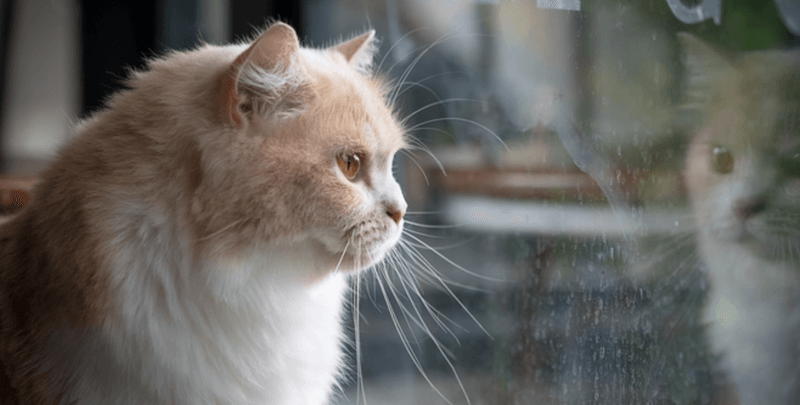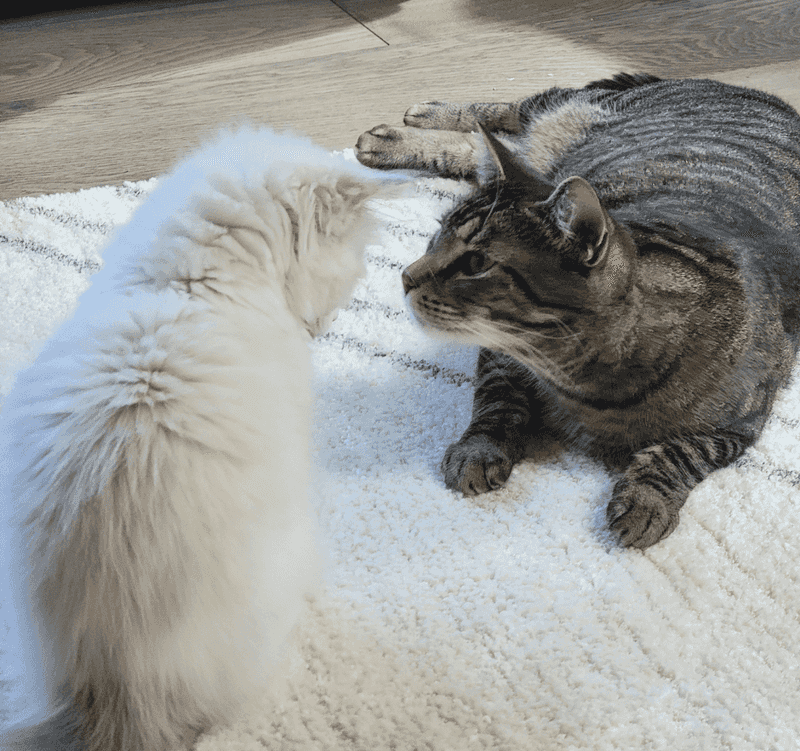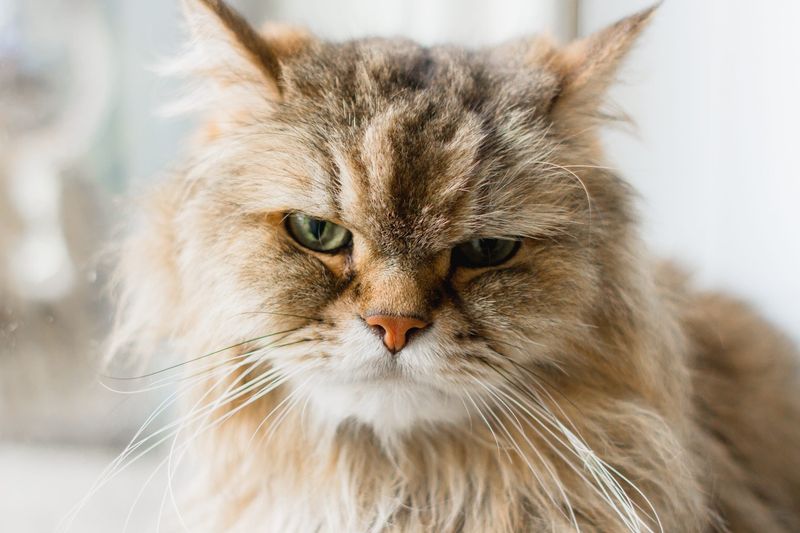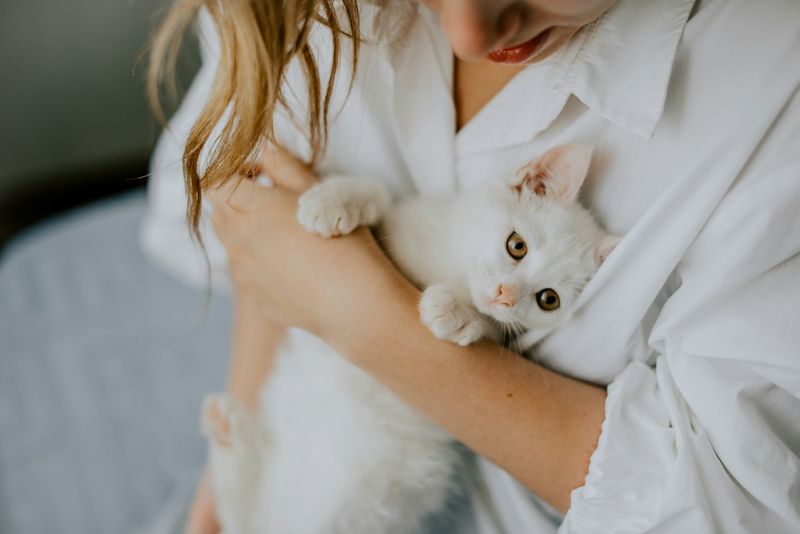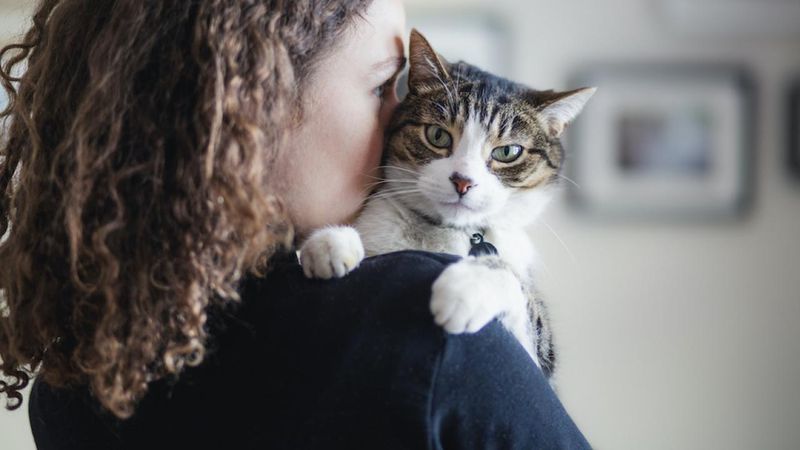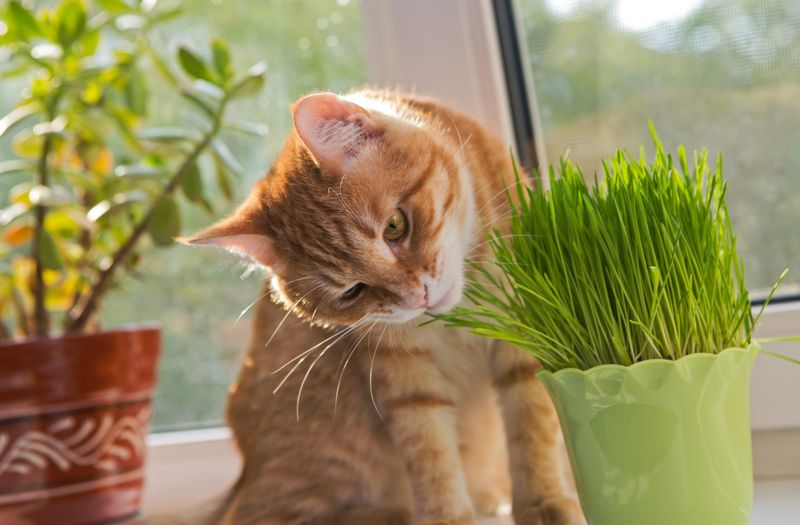📖 Table of Content:
- 1. Lack of Stimulation
- 2. Health Issues
- 3. Stress and Anxiety
- 4. Overstimulation
- 5. Lack of Socialization
- 6. Previous Negative Experiences
- 7. Independent Nature
- 8. Seasonal Changes
- 9. Lack of Routine
- 10. Introduction of New Pets
- 11. Aging and Cognitive Decline
- 12. Lack of Personal Space
- 13. New Family Members
- 14. Scent Sensitivities
- 15. Territorial Disputes
Cats are renowned for their independent personalities, often leaving their owners wondering about their moods and behaviors. It’s not unusual for a cat to appear aloof, and many owners find themselves puzzled when their feline companion seems to ignore them. There are several factors at play that can influence this behavior, and understanding them is key to strengthening the bond between cat and owner.
Sometimes, a cat’s need for space or a change in their environment can lead to them withdrawing. Stress, boredom, or even changes in routine may cause a cat to behave in ways that seem distant or uninterested. Recognizing these triggers is essential to fostering a more harmonious relationship with a pet that values its independence.
Cats communicate in subtle ways, and their aloofness can be a form of expression. The reasons behind a cat’s seemingly distant behavior can vary greatly, but with some insight, these actions can be better understood. Identifying the root cause is the first step toward regaining their attention and affection.
1. Lack of Stimulation
Cats need mental and physical stimulation to stay happy. Without toys or interaction, a cat might lose interest in its surroundings. Provide engaging toys and dedicate time for play to keep your cat entertained.
A bored cat may ignore its owner as a form of protest. Introduce puzzle feeders or interactive play sessions to rekindle interest. Stimulation can be as simple as a new toy or rearranging furniture to create a new exploration zone. Remember, a little change in the environment can spark curiosity, bringing your feline back to its playful self.
2. Health Issues
Health problems can lead to behavioral changes in cats. If your feline suddenly starts ignoring you, it’s essential to consider their physical well-being. Consult a vet if you notice other symptoms like lethargy or appetite changes. Early detection of medical issues can prevent further complications. Cats often hide pain, so vigilance is key.
By ensuring regular check-ups, you can catch potential health concerns early. Addressing underlying health issues can improve your cat’s mood and restore your bond.
3. Stress and Anxiety
Environmental changes can stress cats, leading them to withdraw from social interactions. New pets, moving, or changes in routine can heighten anxiety. Cats may respond by ignoring their owners. Create a safe, quiet space for your cat to relax during stressful times. Providing consistent routines can also alleviate stress.
Use calming products like pheromone diffusers to help reduce anxiety. By minimizing stressors, you can foster a more open and affectionate relationship with your feline.
4. Overstimulation
Too much petting or noise can overstimulate a cat, making them crave time alone. Recognizing when your cat has reached their limit prevents irritation. Watch for signs like tail flicking or growling, and respect their need for space. Tuning into their cues helps develop a deeper trust between you and your cat.
By respecting your cat’s boundaries, you can avoid negative interactions. This understanding can lead to a more harmonious coexistence, fostering a bond built on mutual respect.
5. Lack of Socialization
Cats not socialized from a young age may struggle with interaction. Lack of exposure to different people and environments can result in a reserved nature. Gradual socialization can build confidence. Introduce new experiences slowly, rewarding positive interactions with treats or affection.
Patience is key; forcing interaction can backfire. By creating positive associations, you can help your cat feel more comfortable and inclined to engage.
6. Previous Negative Experiences
Traumatic experiences can cause a cat to withdraw and avoid interaction. Fear can result from loud noises or harsh handling. Building trust takes time, so approach with gentleness, patience, and a soothing tone to help your cat feel secure.
Establishing a positive, safe environment encourages your cat to open up. As they learn to associate you with safety, they’ll become more responsive to your presence.
7. Independent Nature
As naturally independent animals, cats sometimes prefer being alone. That doesn’t imply they don’t enjoy your presence. By respecting their space and offering companionship when they’re ready, a harmonious and healthy relationship is preserved.
By observing your cat’s preferences, you can offer affection in ways they enjoy. This understanding fosters a respectful and fulfilling connection.
8. Seasonal Changes
Changes in seasons can affect a cat’s behavior. Longer daylight hours or colder temperatures may influence their mood and activity levels.
They might seek warm spots or become less active during colder months. This natural rhythm can lead to temporary aloofness. By providing cozy sleeping areas and monitoring behavior, you can support your cat through these seasonal shifts, ensuring their comfort.
9. Lack of Routine
A cat’s well-being is closely tied to routine, and when that routine is disrupted, they may become distant. Consistent feeding and playtimes offer reassurance and security. Unforeseen changes in their daily schedule can leave them feeling unsettled, making stability through regular habits essential.
By sticking to a predictable schedule, you reassure your cat, making them more likely to seek interaction and affection.
10. Introduction of New Pets
The arrival of a new pet can disrupt a cat’s environment, leading them to withdraw. Cats are territorial and may need time to adjust. Gradual introductions with supervised interactions can ease the transition. Providing separate spaces for each pet reduces tension.
With patience, your cat can learn to coexist peacefully, eventually accepting the new addition as part of the family.
11. Aging and Cognitive Decline
As cats age, cognitive decline can affect their behavior. They may seem disoriented or less interested in interaction. Providing stimulation and routine can help maintain mental acuity. Gentle play and affection can also support their well-being.
By understanding the needs of an aging cat, you can adjust your care to ensure their comfort and happiness, strengthening your bond.
12. Lack of Personal Space
Every cat needs a place to retreat and relax. Overcrowded environments can make them feel overwhelmed. Ensure your cat has access to a private space, free from disturbances. This sanctuary can be a quiet room or a cozy nook.
By respecting their need for privacy, you encourage your cat to engage more willingly when they feel secure.
13. New Family Members
The introduction of a new family member can unsettle a cat. Babies or guests alter household dynamics, causing a cat to withdraw. Gradual exposure to new people can ease their transition. Use positive reinforcement to encourage interaction.
Understanding and patience are vital. As your cat acclimates, they’ll become more comfortable, rebuilding their bond with the family.
14. Scent Sensitivities
With their sharp sense of smell, cats can find new scents disturbing. Changes in things like laundry detergent or air fresheners may cause them to retreat. Allowing your cat time to adjust by slowly introducing new scents helps maintain their sense of security with familiar smells.
Monitoring your cat’s reaction to changes can prevent stress. By being mindful of their sensitivities, you can maintain a comforting environment.
15. Territorial Disputes
Being territorial animals, cats may become aloof if there are disagreements with other cats. Sharing space can create stress and tension. Offering multiple resources like separate litter boxes and feeding stations helps minimize conflicts and gives each cat a sense of security in their own domain.
By managing territorial disputes effectively, you can reduce stress and promote harmony, allowing your cat to feel more at ease and approachable.
